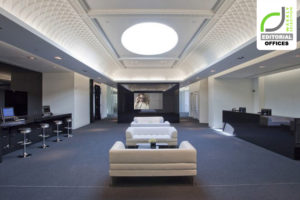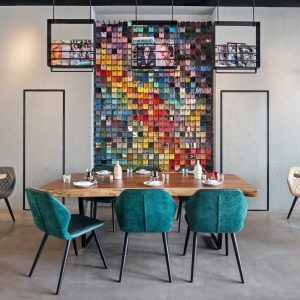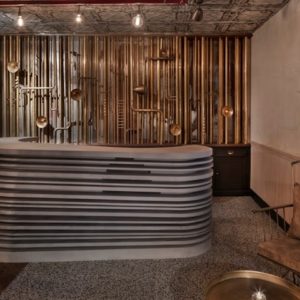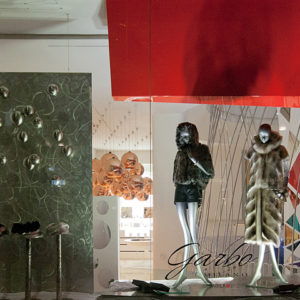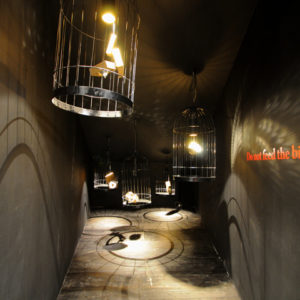
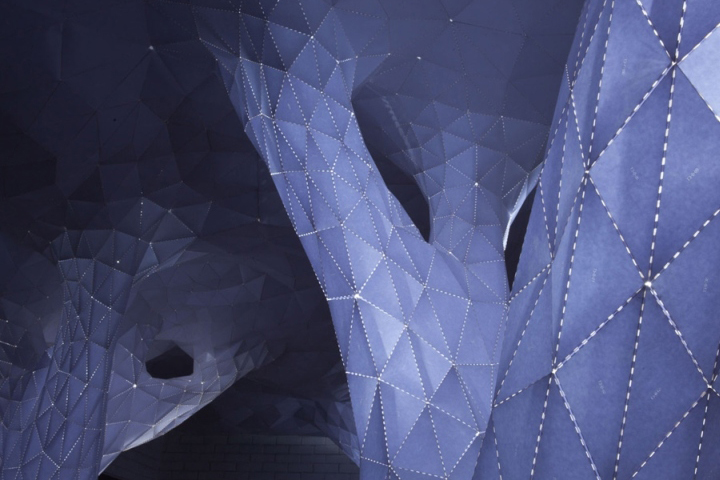

Orproject, a London-based creative practice bringing to the field of architectural design a special expertise in advanced geometry and computation, recently completed the Vana installation using a series of algorithms in order to create brightly-lit columns, branching out to form a tree-like canopy above an exhibition hall. Showcased as part of the India Design Forum at the Project Jan-Path – an artistic platform showing a willingness to include a wide variety of approaches and engaging in transcending the traditional boundaries within this sphere of activity – in New Delhi, India, the hanging installation results from the development of venation patterns observed in organic growth processes.
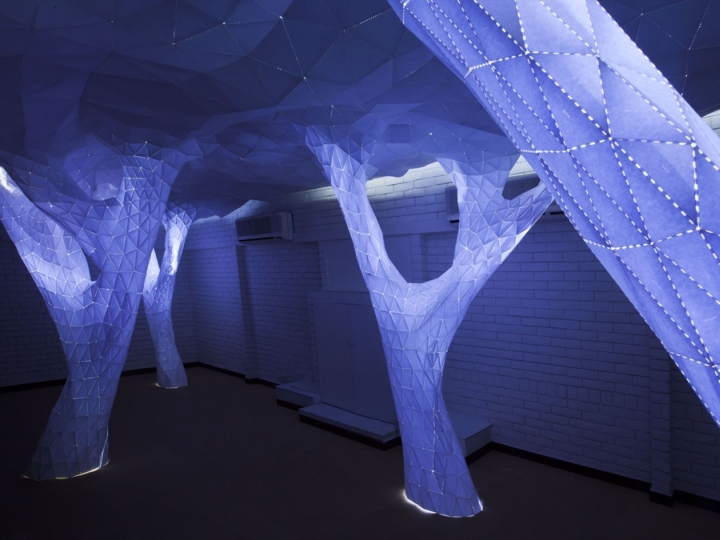
Such a structure may generally be subjected to bending and compression. The pavilion though works more as a membrane with only the structure carrying tension, as it has been inverted to gather and disperse tensile loads. The architects further explain: ‘The surface was tessellated into triangular segments, connected by stitched joints.’ Designed as a flowing surface representing points of constant value within a volume of space, Vana gracefully grafts in an anastomosis manner the reconnection of ramifications that previously branched out. In this way, it models a canopy which embeds immersive design and interactive narrative in physical architecture.
Photos courtesy of Orproject and Sumedh Prasad
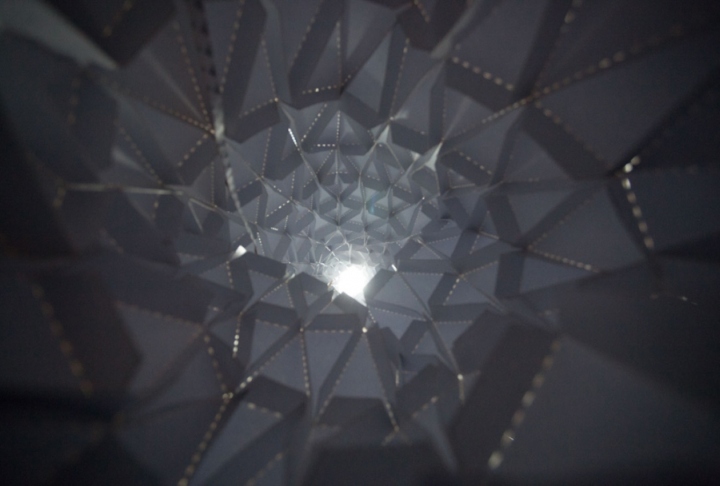
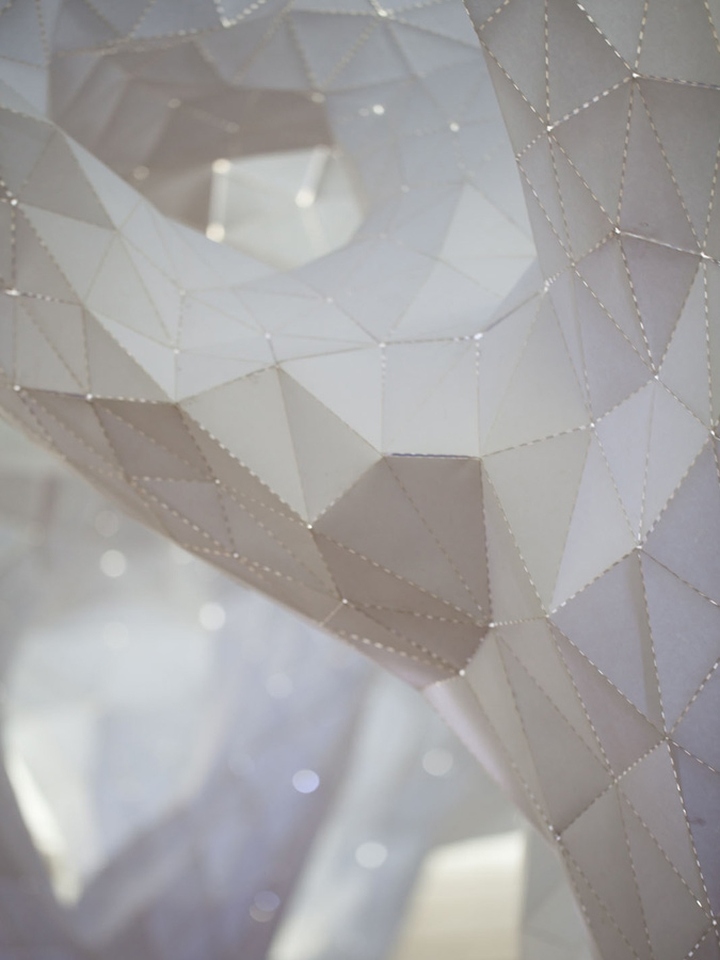
via Frameweb



Add to collection

